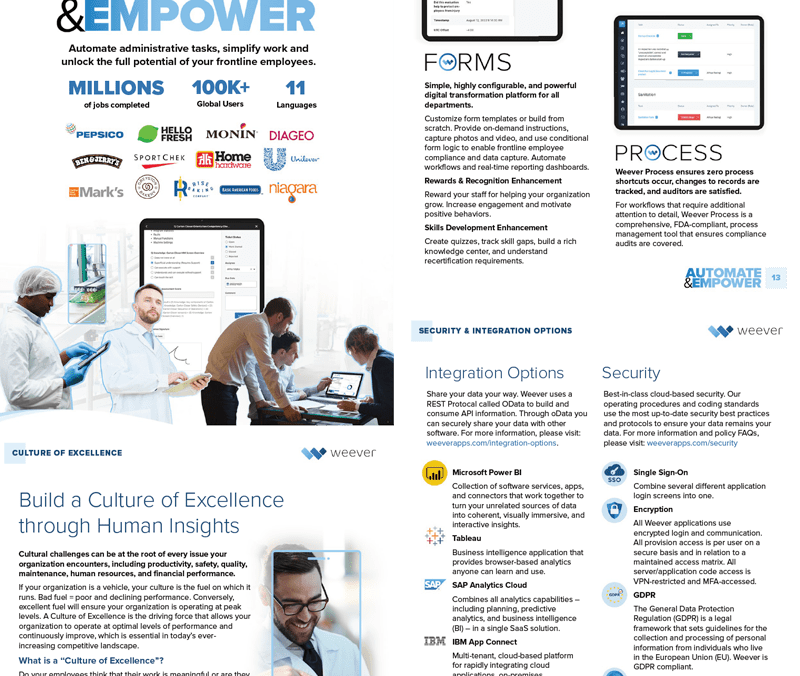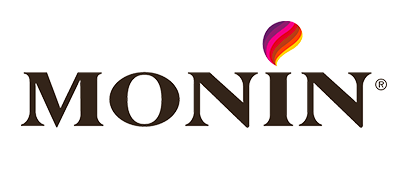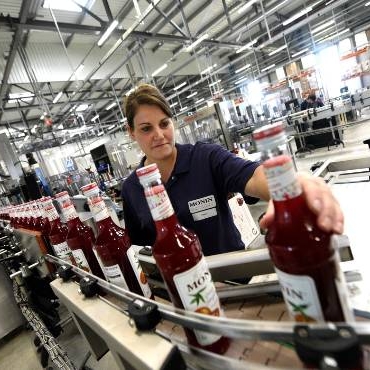How does workflow automation reduce costs for manufacturing organizations?

Workflow automation can help manufacturing organizations reduce costs by eliminating waste, reducing errors, and improving efficiency. By automating routine tasks, manufacturers can save time and reduce the cost of labor-intensive manual processes.
Workflow automation can reduce costs for manufacturing organizations in several ways:
1. Reduced Labor Costs
Automated workflows can significantly reduce labor costs by automating routine tasks that would otherwise require employees to spend time and effort completing. This can free up employees to focus on more complex and strategic tasks, reducing the need for additional staff or overtime pay.
2. Improved Resource Utilization
By automating workflows, manufacturers can make better use of their resources. Automated systems can handle tasks such as data entry, document processing, and inventory management, reducing the need for employees to complete these tasks manually. This can free up resources such as labor, time, and equipment for other more critical tasks.
3. Reduced Errors and Rework
Workflow automation can help reduce the occurrence of errors, which can result in significant cost savings for manufacturers. By automating processes such as data entry and document processing, manufacturers can significantly reduce the risk of errors, reducing the need for rework and additional resources.
4. Faster Time-to-Market
Automation can help manufacturers reduce the time required to bring products to market. By automating processes such as production planning, scheduling, and inventory management, manufacturers can speed up their workflow, reducing the time required to complete tasks and bring products to market.
5. Improved Equipment Utilization
Automated systems can help manufacturers optimize their use of equipment by tracking usage and identifying bottlenecks or inefficiencies. This can help manufacturers identify areas where equipment utilization can be improved, reducing downtime and increasing overall equipment effectiveness (OEE).
6. Improved Quality
Workflow automation can help improve product quality by reducing errors and inconsistencies in the manufacturing process. By automating processes such as quality control and inspection, manufacturers can ensure that products meet the required specifications, reducing the need for rework or scrap.
How can Weever help?
In summary, workflow automation can help manufacturing organizations reduce costs by reducing labor costs, improving resource utilization, reducing errors and rework, speeding up time-to-market, improving equipment utilization, and improving product quality. By reducing costs, manufacturers can improve profitability, invest in new technologies and equipment, and improve their competitiveness in the marketplace.
Weever saves time and money through powerful workflow automation, which enhances productivity in every department throughout your organization. By automating mundane and repeatable administrative tasks, Weever dramatically enhances productivity and gives time back to your leadership, which can be reallocated towards more value add activities.


Learn about the Platform.
Download the brochure to get all the details about how Weever works.

bandjlogo

Bell-logo-New

Canadian-Tire-Logo

Diageo-customer-logo

greyston-bakery-logo

hello-fresh-customer

marks-customer-logo

CSL_Limited_logo

monin-logo

Winland Food

Mars-logo-main

rise-baking-customer-logo

Rockwool-Customer-Logo-min

Sportcheck-customer-logo

unilever-customer-logo

walmart-logo-small

husqvarna-customer-logo

Ajinomoto_logo

Peet's_Coffee_logo

Royal-Canin-Logo

Monin was drowning in paper and looking for a system that would ensure compliant workflows and automate KPI reporting insights to inform continuous process improvement, all without overwhelming operators.

